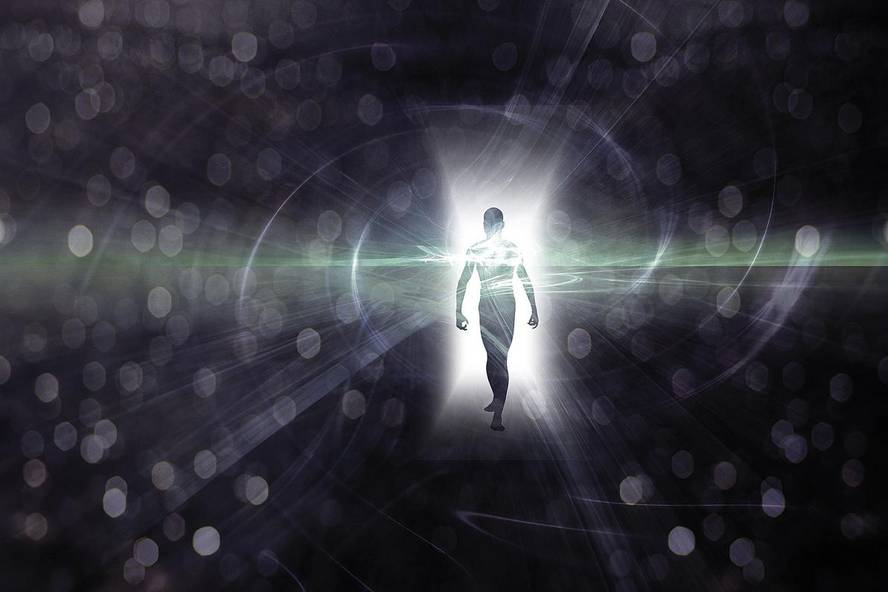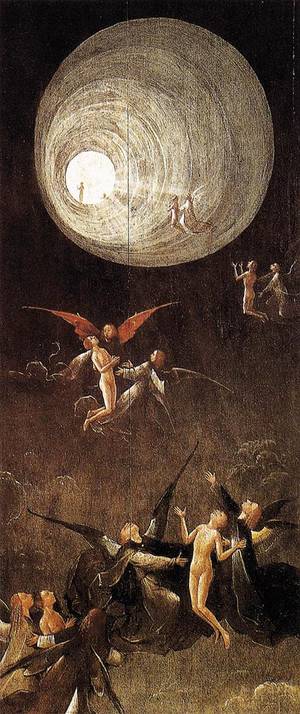Border experiences in the light of science
AWARE is the largest study being carried out to unravel the experiences of those who have been between life and death. It started in 2008, led by the University of Southampon. More than 25 European, Canadian and American hospitals participate and, according to their managers, will soon publish their first results and conclusions.
The AWARE project aims to collect and analyze the experiences of heart attacks. In fact, the head of research, Sam Parnia, has stated that "against what people believe, death does not occur at any given time, it is a process that begins when the heart, lungs and brain stop working. In the heart, these three situations occur at once."
Parnia explained that after a heart attack a period of time begins that can last from a few seconds to several hours, in which people's experiences offer an "open window" to understand the experiences of the death process.
In total, the AWARE project aims to analyze about 1,500 people who have experienced this situation. To do this, in addition to performing physiological studies to patients during their dying, the most advanced technologies are being used to monitor brain activity.
They also conduct tests to demonstrate the truthfulness of the testimonies of those who have risen. For example, to demonstrate whether those who have felt themselves floating outside the body have actually abandoned the body, some images have been placed on the walls of emergency rooms, so that they can only be seen if that really happens. That is, these images can only be seen from the ceiling from top to bottom. Thus, if someone says he has seen images, the researcher can say that the patient has had that experience and that it has not been a simple impression.
There is nothing paranormal
At the moment they have not advanced if the AWARE project is being productive, but meanwhile the results of other studies have been released. Among them is the article published in October 2011 in the specialized journal Trends In Cognitive Sciences. Its authors are researchers from the Cambridge Medical Research Council and the University of Edinburgh, with a long but significant degree: There is nothing paranormal in near-death experiences: how neuroscience can explain seeing bright lights, meeting the dead, or being convinced you are one of them.
Researchers have not waited at the end of the article to explain the main conclusion, but have mentioned it in the title itself. That is, there is nothing paranormal in the experiences on the brink of death. In his opinion, neuroscience has an explanation for these experiences and that is the essence of the article. In this way, researchers have analyzed one by one the experiences narrated by the dying and explained how and why each of them occurs. In addition to their own studies, they have taken into account the work of other researchers.
In particular, the following experiences have been taken into account: realizing that one is dead, feeling outside the body, seeing a luminous tunnel, meeting dead people and having positive emotions (euphoria, peace...). They are all due to failures in the normal functioning of the brain. In addition, researchers have warned that not only do they occur when they have been near death, but only half of those who narrate this type of experience have been in real danger of death, but the experiences are the same.
For example, one of the experiences narrated by those who have risen is that at that moment before the resurrection they realized that they had died, being aware of their death. The article describes the case of a patient who felt it. This patient was ill in the London hospital, but out of danger of death. For the patient insisted that he had died. He spent a few days under that imagination, but in a week it was his own.
This is known as cotard syndrome or itinerant body, which, according to researchers, is related to the parietal and prefrontal cortex. In some cases of trauma and in the crises of multiple sclerosis and typhus, patients have also suffered from this syndrome even if they are not about to die. It is not yet entirely clear why it happens, but researchers have suggested that it may simply be an attempt to give an explanation to what the patient is feeling.
Consequence of errors
A similar explanation has been given to another phenomenon, the feeling of self outside your body. Among those who have had such experiences, the usual story is that they have felt the body and soul or self apart. Some have also seen themselves “floating” over the body.
It is explained that they can also be felt during the interruption of the REM phase of sleep, so that the article has determined that 40% of the population has ever suffered sleep paralysis. In this type of paralysis, people have an inability to move, but they are aware of everything that happens in their environment. Sometimes they also have hallucinations (auditory, visual and tactile) and have come to feel the body and mind apart. That is, they have had the same feeling as some who have had between death and life.

In addition, other researchers have managed to stimulate this phenomenon in healthy people by arousing a certain area of the brain (temporal link of the right). Considering this experiment and its manifestations, researchers believe that these sensations manifest when there is a mistake in creating one's own imagination. This can occur, for example, when the sensations of the body and the information received from the environment through the senses are not well integrated in the brain.
One of the phenomena most represented in fiction is the luminous tunnel. The person who lives the experience feels that he is in a black tunnel and that he is going to a total luminosity. Pilots who have flown with force G (gravity force in zero acceleration) have had the same feeling without being in danger of death. It seems that this is because there is no blood and oxygen in the eyes. Hypoxia (lack of oxygen) and extreme fear are also factors that affect the dying.
Neurotransmitters dancing
The encounter with angels, ghosts, spirits or dead people is another of the phenomena analyzed by the researchers in the article. According to them, patients with Parkinson's and Alzheimer's also have similar experiences, and in them it is the fault of a neurotransmitter: dopamines. It seems that this type of hallucinations is due to the malfunction of this neurotransmitter. The excitation of an area of the brain (gyrus angularis or next to the angular circumvolution) can cause similarities, such as feeling that you have someone behind you, or even an eye disease, macular degenerations.
Finally, to explain the euphoria and well-being felt by some who have been close to death, researchers have focused on the opioid brain system. Since an anesthetic, ketamine, produces these sensations, researchers have suggested that the system itself is activated in this situation. It is the same system that is launched to escape predators.
Therefore, researchers are clear that neurobiology can respond directly to the questions posed by these phenomena. Although he has not yet answered all questions, at least he helps demystify the issue.







